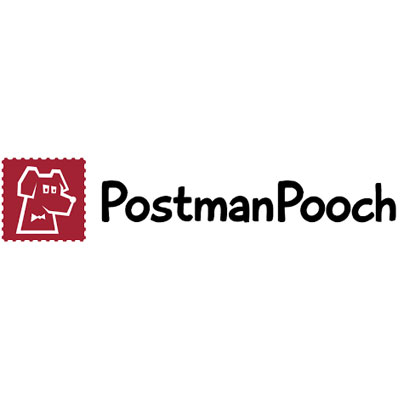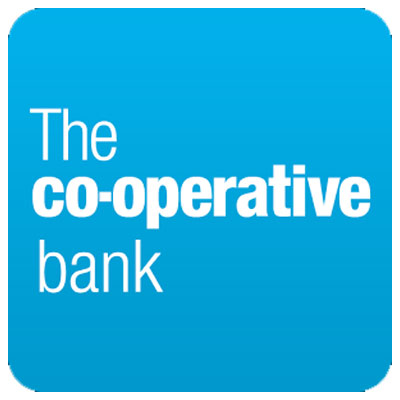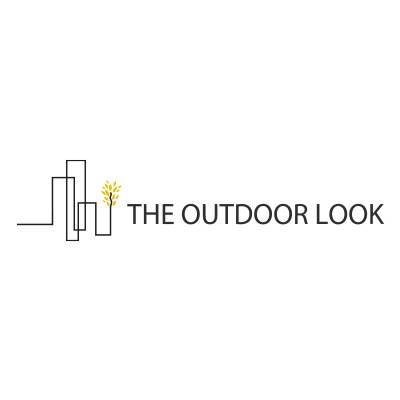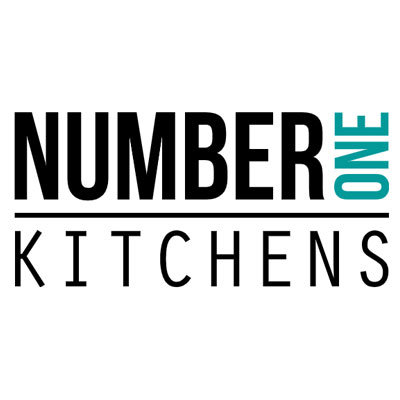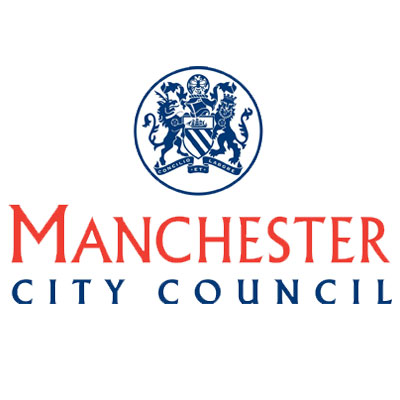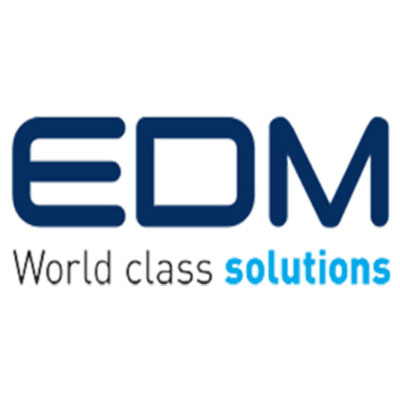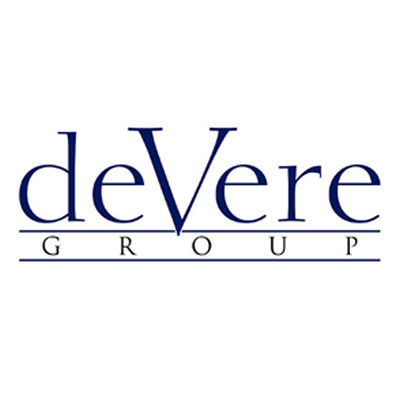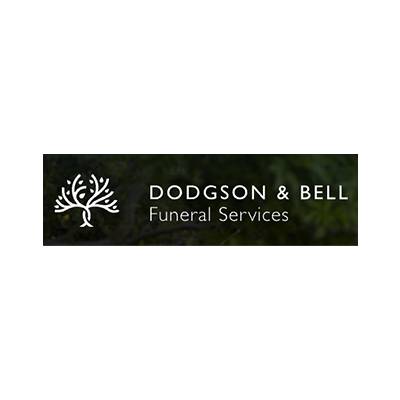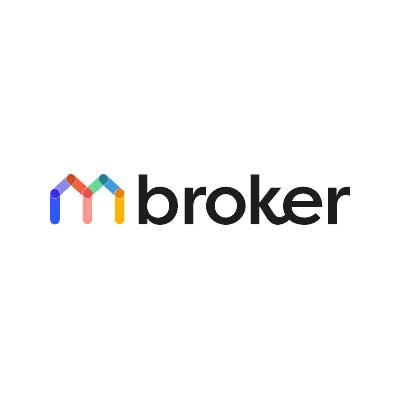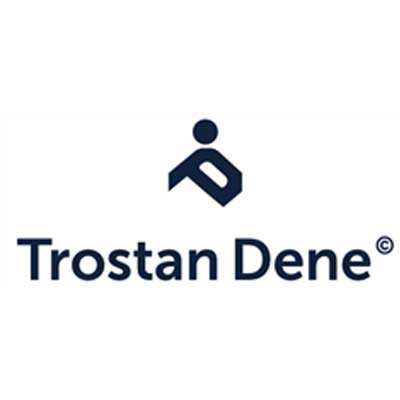It’s the third week in January; the festivities are well and truly over, the holiday blues are fading and we can take a sober moment to reflect on the 12 months we have just left behind. What a year it’s been; from Facebook’s purchase of WhatsApp to Kim Kardashian breaking the internet – we’ve had it all!
The last 12 months has also thrown up some interesting and ground-breaking developments in the world of web design. As we enter the year 2015, web designers across the globe lick their lips in anticipation of what we can now expect to see in the next 12 months. In this article we’re going to reflect on some of the most prominent web design features of 2014 and also highlight those we can look forward to seeing in the coming year ahead.
Web Design Trends in 2014
Responsive Design
 The year 2014 was perhaps the year that established responsive web design as a necessity rather than a choice. This element has now solidified itself as a new standard in the web design world, especially for WordPress themes. Mobile and tablet technology is set to get better and better with more people using them more frequently. Any web designer not taking responsive design into consideration is firmly stuck in the past; such is the importance of it now. This was certainly the case in 2014 and looks to be the same heading into 2015.
The year 2014 was perhaps the year that established responsive web design as a necessity rather than a choice. This element has now solidified itself as a new standard in the web design world, especially for WordPress themes. Mobile and tablet technology is set to get better and better with more people using them more frequently. Any web designer not taking responsive design into consideration is firmly stuck in the past; such is the importance of it now. This was certainly the case in 2014 and looks to be the same heading into 2015.
Flat Design
Flat design is a simplified and digital aesthetic that has slowly but surely taken over from skeuomorphic design and packed websites with flashy illustrations. In fact, 2014 is perhaps most renowned in the web design world as being the ‘year of simplicity.’ Huge advocators such as Windows, MSN and Apple have all incorporated elements of flat design in their branding. Thus, this design technique has gained a lot of momentum over the last year or two and shows no signs of going away soon.
Less text and minimalist navigation
Over the last few years, the inclusion and importance of having large bulks of text on your site has almost diminished completely. The internet as a whole is becoming a lot less text heavy, with many sites relying on imagery and bold icons to direct the user. In many cases this works perfectly but in others it can lead to user-confusion and poor SEO performance. Nevertheless, sites with less text seem to be more aesthetically pleasing and create a professional perception.
Alongside this, minimalist navigation was also a trend that seemed to grow in popularity throughout 2014. Responsive design is partly responsible for this element, as well as the need for a smooth user experience. Because of these two influences, last year we saw a lot of focus on menu icons, roll-down menus and simple navigation that shrinks as you scroll.
Blatant Social Icons
Last year saw social media’s grip on the universe tighten even stronger and with it came increased importance on social media access on site. Therefore, prominent social icons became trendy and almost necessary on all business websites. Social media channels are becoming increasingly popular in the business world and are used to gain new customers, boost popularity and generate traffic.
Accessing these channels needs to be quick and easy, so having blatant social icons is a trend that shows no sign of dying soon. If your social channels aren’t easily identifiable, then you might as well not have them at all.
Monochromatic Design
Why overdo it with colour when you can use just one or two? Using just one colour doesn’t necessarily mean having a simple and/or boring website; mixing together various shades of the same colour can actually produce some pretty awesome aesthetics. The year 2014 saw quite a few examples of monochromatic palettes coming into effect, with some awe-inspiring results.
Tiled Design
 Tiled web design was initially made famous by Pinterest and rose to some form of prominence in the year 2014. However, not every type of website works well with tiles and columns, especially when trying to convey an important message. Although slick and professional looking when done properly, tiled design is too easy to get seriously wrong and many tiled websites looked messy last year.
Tiled web design was initially made famous by Pinterest and rose to some form of prominence in the year 2014. However, not every type of website works well with tiles and columns, especially when trying to convey an important message. Although slick and professional looking when done properly, tiled design is too easy to get seriously wrong and many tiled websites looked messy last year.
Although this design technique is very popular amongst artists, photographers and portfolio builders; it is not expected to grow significantly in the year 2015. It may be the end of tiled design all together.
Web Design Trends For 2015
Spooky Buttons
Ghost buttons are simply delightful. They ooze professionalism, crispness and web sexual appeal (if there is such a thing). This minimal yet effective design feature is on the rise and should reach its peak throughout 2015. It’s not hard to see why; these gorgeous buttons have a simple and subtle hover animation and look simply amazing. They work incredibly well with large background imagery and videos, which are also on the rise coming into 2015.
Hefty Background Images and Videos
As mentioned above, 2015 will see yet more websites using large background images and short videos to decorate their pages. Having fantastic content displayed prominently on your website is vitally important to you user experience; incorporating a video is a great way of doing just that. This powerful web design element will continue to grow and we can expect to see a lot more of it in the year ahead.
More Emphasis on Typography
Web type-kits have always been expensive, up until now anyway. Finding and utilising a beautiful font was once very costly, especially to an independent, small-time web designer. This trend, however, is changing. Type-kits are now becoming more and more affordable, meaning web designers have more freedom and choice to mix with their typography skills. This design element has always been a careful consideration for web designers and always will be.
Parallax Scrolling
2015 is expected to spawn more scrollers and diminish more clickers as parallax scrolling continues to grow in popularity. In a world where web design continues to develop in a fashion that suits a more enjoyable user experience; scrolling will continue to overrule clicking. There have been some amazing examples of parallax sites already in the last few years, but we believe the best is still yet to come. This intuitive design makes searching a website much, much easier and allows for more dynamic interaction. This again may become a new norm in 2015.
Parallax Scrolling Example [Video]
Material Design
Google’s visual design innovation, named Material Design, was first introduced to the world in 2014 at the I/O Conference in June. Already, this design technique is beginning to make serious tracks in the web design community. Lengthy research and scientific reason has gone into developing this visual language that many believe will solve some of the issues web designers face on a regular basis.
Google offer free online documentation on this design for more insight and information on its techniques. This step forward from flat design seems to be the future; if Google are backing it then it must be something to consider moving into 2015.
Microinteractions
Microinteractions are not exactly a design technique, but more of a website element that allows for creative design and artistic prowess. These are contained experiences within a product, revolving around a single use. For example, a pop-up email sign-up box can be considered as a microinteraction. The animation of this pop-up box provides personality, especially when up against a static background graphic.
Microinteractions promote an upsurge in user engagement and can significantly improve your user experience. This almost provides an open field of creativity for web designers to really think about how they use and design microinteractions effectively. The year ahead should see the popularity of these interactions grow and with it the ideas behind the designs.
Conclusions and Crossovers
Many features that we can anticipate flourishing in 2015 have already been established as rising trends in the previous year. The importance of typography has always been a careful consideration for web designers; especially when making the fundamental decision on what fonts to use and avoid. Last year saw the significance of typography rise due to the effects of trending minimalist designs, large background imagery and the increased importance placed on user experience.
It is evident that typography has always been and will always be on the list of web design elements to look out for. Parallax scrolling is another element that may just be starting to fall underneath the same category. Throughout the year 2014, web designers across the UK really sunk their teeth into scrolling web pages, frequently churning out sites loaded with creative genius and artistic flair. With so many available options in terms of design and UX, we can expect scrolling sites to continue to evolve through 2015 and beyond.
Vice Versa
Similar to parallax scrolling, there are many web design elements from 2014 we can expect to see flourish in the coming year, including:
- Responsive design
- Blatant social icons
- Flat design
Responsive design, as mentioned previously, is becoming a standard rather than a choice. The importance of having a responsive website will only continue to grow as mobile and tablet technology improves; that much is obvious. Likewise, social media is continuing to take over the world and the importance of having a strong social presence on-site will only grow with it. Therefore, blatant social access is vital and should be a careful consideration for web designers moving forward.
The popular flat design is also an element that will probably continue to trend into 2015, with many established brands incorporating the style. This amongst the other dominant trends of 2014 look as though they will continue on into 2015, with a few of them perhaps maturing and setting standards. Ultimately, the development of these trends will be influenced and progressed by experimentation and how far we push them in the year ahead. Perhaps there will be some fresh developments or refined limitations in the pipeline, who knows? We can’t wait to find out!
